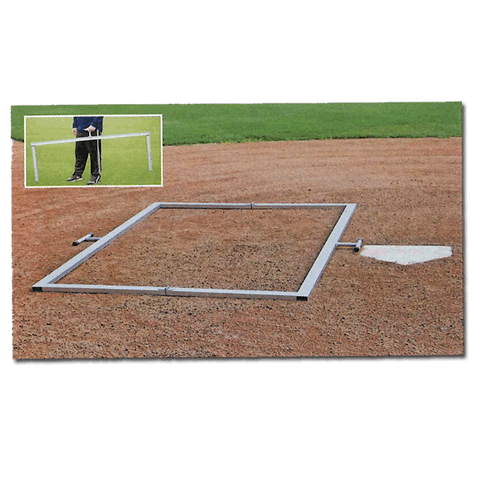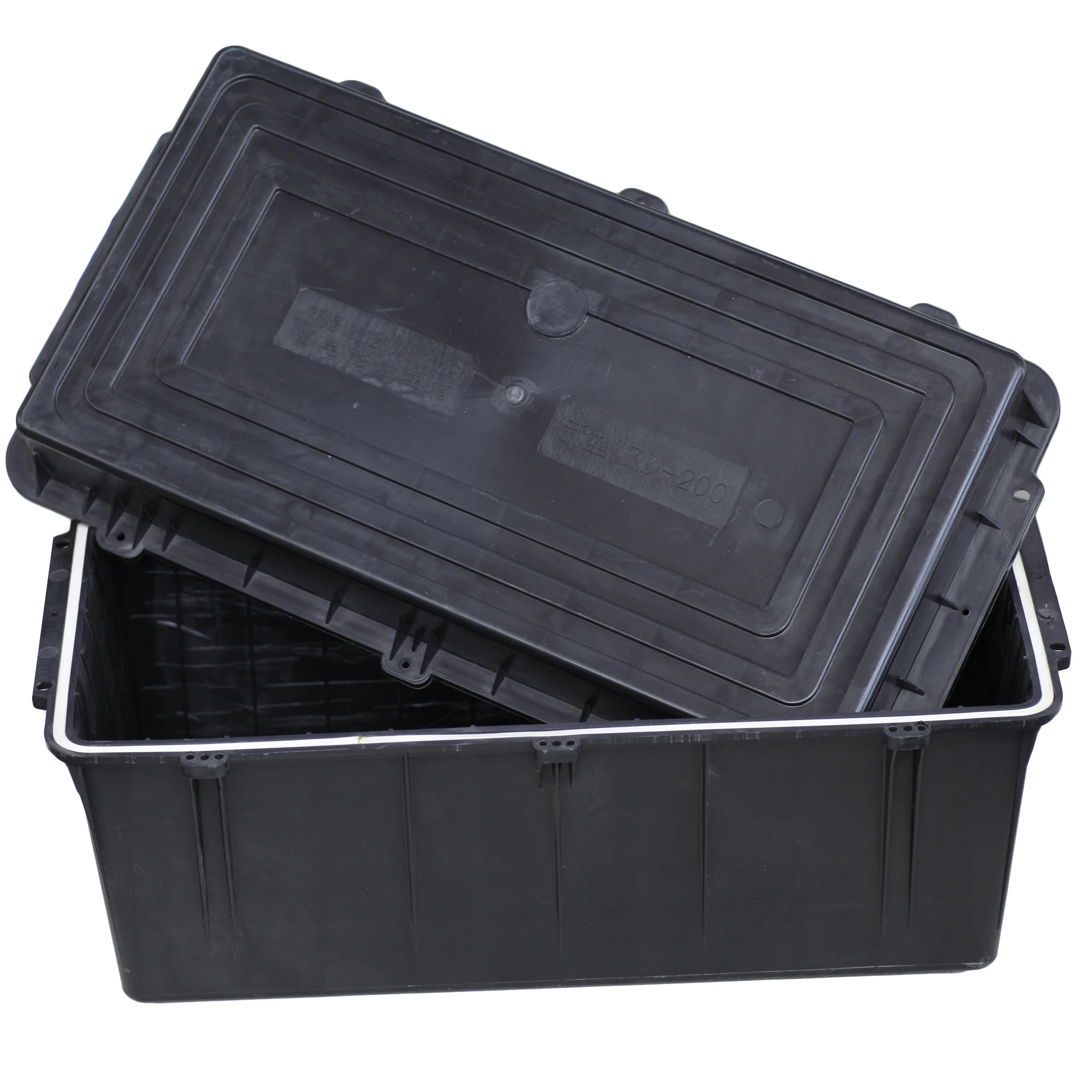

Some batters are ambidextrous and have the ability to bat from either side of the plate. Batters Can Use Both Boxes During an At-Bat If a catcher wasn’t able to see the pitch then they run the risk of injury because they wouldn’t be able to see a fastball that’s headed directly towards them. If a player was able to switch around from batter’s box to batter’s box during the middle of a pitch, then they would be able to block the catcher’s view of the pitch. This rule is in place to prevent the hitter from moving around too much and distracting the pitcher or the catcher while the pitcher is in motion. This includes stepping out of the box and attempting to switch over to the other batter’s box during mid-pitch. One very common rule is that a batter is unable to leave the batter’s box while the pitcher is delivering the pitch. Batters Are Unable to Leave the Batter’s Box During the Pitch Both batter’s boxes utilize the same dimensions and are located on both sides of home plate.įrom the pitcher’s perspective, left-handed batters line up in the batter’s box located on the left-hand side of the plate, while right-handed batters line up in the batter’s box located on the right-hand side of the plate.īecause there are two different batter’s boxes, there are a few rules around how a batter can utilize these boxes. To accommodate both left-handed and right-handed batters, all baseball diamonds have two separate areas for a batter’s box. The Batter’s Box is on Both Sides of Home Plate Most players wouldn’t recognize the difference between the size of the batter’s box between adult baseball leagues and youth baseball leagues, but adult baseball players typically have about 24 square feet of space available in the batter’s box while youth baseball players have about 18 square feet of space available. In youth baseball, the dimensions of the batter’s box is three feet wide by six feet in length, with the center of the batter’s box lining up with the center of home plate.

The four by six dimensions primarily impact adult baseball leagues, but there is a slight difference between the batter’s box of adult baseball leagues and youth baseball leagues. In professional, college, and high school baseball, the dimensions of the batter’s box is four feet wide by six feet in length, with the center of the batter’s box lining up with the center of home plate. So, what are the dimensions of a batter’s box? One thing a lot of veteran players might not be aware of is the dimensions of a batter’s box. The Batter’s Box is 4 Feet Wide and 6 Feet in Length However, if a batter takes a stride and makes contact with the ball while one foot is outside of the batter’s box, that batter would be called out. Therefore, batters are able to take their stance with part of their foot on the outline of the batter’s box. If a batter were to take their stance and their foot was touching the outline of the batter’s box, they are still considered to be inside the batter’s box. If the batter doesn’t have both feet in the box when the pitch is thrown then they risk having the pitch being called a strike by the umpire.Ī common question people have when examining the dimensions of the batter’s box is if the chalk itself is considered part of the batter’s box. This rectangular area is called the batter’s box and is usually marked with chalk on both sides of home plate.īatters can take their batting stance anywhere inside this rectangular area, as long as they have both feet in the box when the pitcher delivers the pitch. Whenever it is a player’s turn to bat, they will have a designated area on the field where they can stand and get ready for the next pitch. What is the Batter’s Box? The Batter’s Box is the Area a Batter Can Stand When Batting This area around home plate we call the batter’s box sounds fairly simple, but there are some rules around this batter’s box that even veteran players are not familiar with. There are two separate batter’s boxes on every baseball diamond – one for left-handed batters and one for right-handed batters. In baseball, the batter’s box is the 4-foot wide by 6-foot long rectangular area on either side of home plate where a batter is allowed to stand when they are up to bat. What exactly is the batter’s box in baseball and what are the rules around it? One of those phrases you’ll learn fairly early is something that’s called the “batter’s box”.


Those who are just getting into the sport of baseball will notice that baseball has a lot of phrases to learn.


 0 kommentar(er)
0 kommentar(er)
